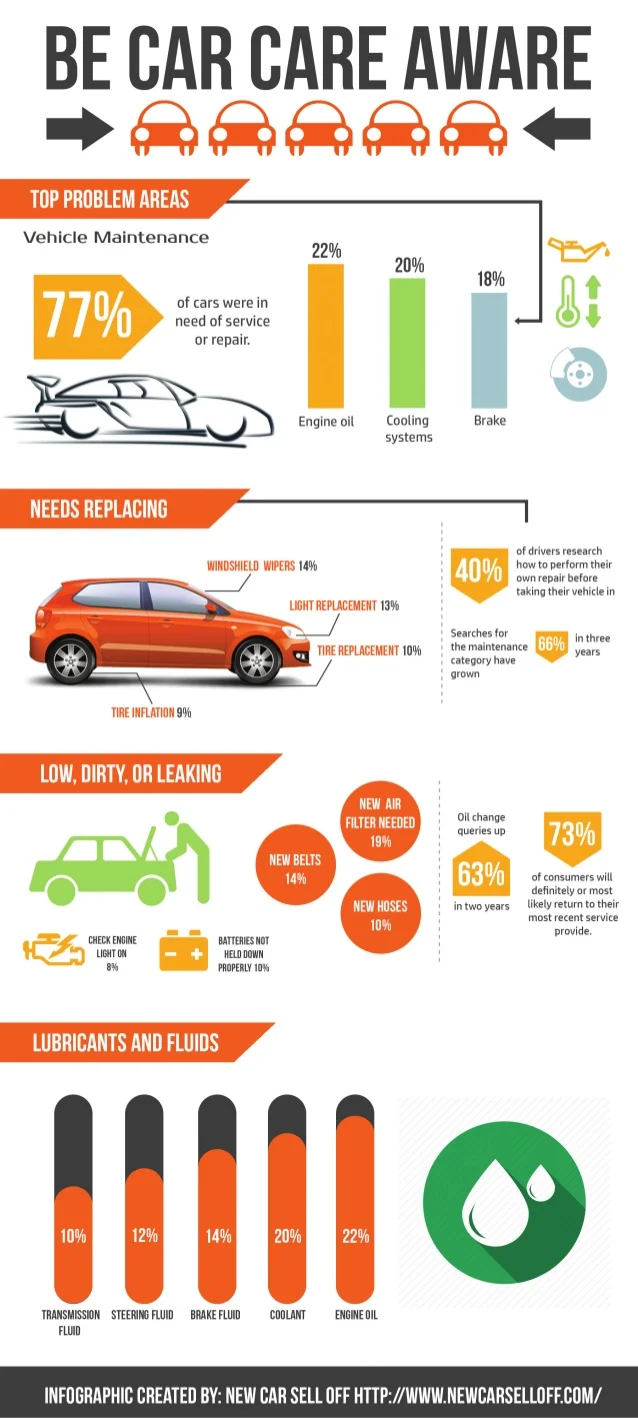Translating Your Vehicle'S Warning Indicators: What They Absolutely Represent
Translating Your Vehicle'S Warning Indicators: What They Absolutely Represent
Blog Article
Content By-Lim Torres
When you lag the wheel, those radiant warning lights on your control panel can be a little bit puzzling. Do you recognize what they're attempting to inform you about your vehicle's wellness? Comprehending the importance of these lights is crucial for your safety and security and the longevity of your vehicle. So, https://ecuremappingnearme63940.blogdeazar.com/32245250/mobile-car-explaining-enhancing-your-automobile-s-appearance-on-the-go of those lights appears, would not you want to analyze its message accurately and take the essential actions to resolve it?
Common Caution Lights and Interpretations
Recognize common warning lights in your auto and understand their meanings to guarantee risk-free driving.
One of the most common warning lights consist of the check engine light, which signifies issues with the engine or exhausts system. If this light comes on, it's critical to have your car inspected quickly.
mobilecarwash warning light suggests reduced oil stress, needing prompt interest to stop engine damage.
A blinking battery light may suggest a malfunctioning billing system, possibly leaving you stranded otherwise attended to.
The tire stress monitoring system (TPMS) light informs you to low tire pressure, affecting automobile security and gas effectiveness. Ignoring this might result in risky driving problems.
The ABS light indicates a problem with the anti-lock braking system, jeopardizing your capability to quit rapidly in emergency situations.
Lastly, the coolant temperature level advising light warns of engine overheating, which can lead to serious damages if not solved quickly.
Understanding these common warning lights will assist you attend to problems without delay and maintain safe driving problems.
Value of Prompt Attention
Understanding the typical warning lights in your cars and truck is only the first step; the relevance of immediately resolving these warnings can't be emphasized sufficient to guarantee your safety on the road.
When a warning light illuminates on your control panel, it's your vehicle's way of communicating a prospective problem that needs interest. Overlooking these warnings can cause a lot more serious problems in the future, compromising your safety and security and possibly costing you a lot more in repairs.
Prompt interest to cautioning lights can protect against breakdowns and accidents. For instance, a blinking check engine light can indicate a misfire that, if left ignored, can create damage to the catalytic converter. Addressing this quickly can conserve you from a costly repair service.
Similarly, a brake system cautioning light could signify reduced brake liquid or used brake pads, important components for your security when driving.
Do It Yourself Troubleshooting Tips
If you notice a caution light on your dashboard, there are a few do it yourself troubleshooting ideas you can attempt prior to seeking specialist assistance.
The first step is to consult your car's guidebook to comprehend what the particular caution light shows. Sometimes the issue can be as easy as a loosened gas cap activating the check engine light. Tightening up car cleaning service near me may settle the problem.
An additional typical concern is a reduced battery, which can set off numerous cautioning lights. Checking the battery connections for corrosion and ensuring they're secure may fix the trouble.
If a caution light lingers, you can try resetting it by disconnecting the automobile's battery for a couple of mins and afterwards reconnecting it. Additionally, checking your automobile's liquid levels, such as oil, coolant, and brake liquid, can aid fix warning lights related to these systems.
Verdict
In conclusion, recognizing your cars and truck's caution lights is vital for maintaining your automobile running efficiently and securely. By quickly dealing with these alerts and understanding what they suggest, you can avoid pricey repairs and potential break downs.
Remember to consult your car's handbook for certain information on each advising light and take action as necessary to make sure a hassle-free driving experience.
Stay informed, stay safe when driving!
